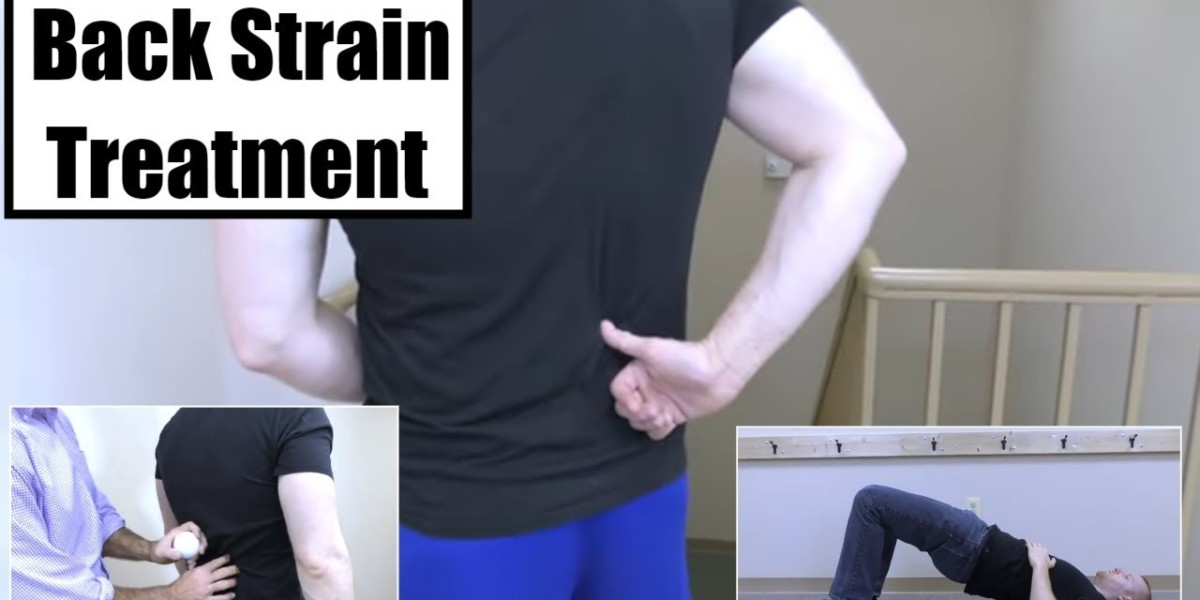When it comes to vascular health, there are various conditions that require immediate attention and expert care. Two such concerns are aortic aneurysm and lower back strains. While they might seem unrelated at first glance, both can have serious consequences if left untreated. In this article, we’ll explore the importance of recognizing the symptoms, diagnosis, and treatment options for both conditions, and how the expertise of vascular specialists at SG Vascular Centre can help you regain a healthy lifestyle.
What is an Aortic Aneurysm?
An aortic aneurysm is a dangerous condition that involves the abnormal swelling or bulging of the aorta, the main artery in your body that carries blood from your heart to the rest of your body. Over time, the wall of the aorta weakens and may rupture, which can lead to life-threatening consequences. An aortic aneurysm typically occurs in the abdomen (abdominal aortic aneurysm, or AAA) or the chest (thoracic aortic aneurysm, or TAA), with the former being more common.
Symptoms of Aortic Aneurysm
Aortic aneurysms are often referred to as silent killers because they may not show obvious symptoms until they’re at a critical stage. However, in some cases, you might experience:
Sudden, severe pain in the chest, abdomen, or back
Pulsating sensation in the abdomen
Shortness of breath or difficulty breathing
Dizziness or fainting
Nausea
If you experience any of these symptoms, it is important to seek immediate medical attention to prevent serious complications.
How Aortic Aneurysms Are Diagnosed
Doctors typically use imaging tests to diagnose an aortic aneurysm. These tests may include:
Ultrasound: To assess the size of the aneurysm.
CT Scan (Computed Tomography): For detailed cross-sectional imaging of the aorta.
MRI Scan (Magnetic Resonance Imaging): To get a detailed view of the aneurysm’s size and location.
The team at SG Vascular Centre uses advanced technology to accurately diagnose and monitor aortic aneurysms, providing timely intervention when necessary.
Treatment for Aortic Aneurysm
If an aneurysm is detected early, treatment can be relatively straightforward. The options depend on the size and location of the aneurysm. Common treatments include:
Medications: To control blood pressure and reduce strain on the aorta.
Endovascular Repair: A minimally invasive procedure where a graft is inserted through the groin to reinforce the aorta and prevent rupture.
Surgical Repair: For larger or more complex aneurysms, open surgery may be required to remove the damaged portion of the aorta and replace it with a synthetic graft.
SG Vascular Centre’s team of vascular surgeons specializes in both endovascular and open surgical treatments, offering personalized care based on each patient’s condition.
Lower Back Strain: A Common Concern
Lower back strain treatment is a widespread issue that affects millions of people worldwide. Often, the source of this discomfort is due to a lower back strain, which involves overstretching or tearing the muscles or ligaments in the lower back. While back pain can be caused by various factors, understanding how to treat it effectively is key to restoring mobility and comfort.
Symptoms of Lower Back Strain
Symptoms of a lower back strain can range from mild discomfort to severe pain, and they include:
Muscle stiffness in the lower back
Pain that worsens with movement or lifting
Difficulty bending or straightening the back
Tenderness to the touch
If your symptoms persist or worsen, it’s important to consult a healthcare provider for a thorough evaluation and treatment plan.
Diagnosing Lower Back Strain
A lower back strain is typically diagnosed through a physical examination, where the doctor will assess the range of motion and any areas of tenderness. In some cases, imaging tests like X-rays or MRIs may be used to rule out other underlying conditions, such as herniated discs or spinal stenosis.
Treatment Options for Lower Back Strain
Treatment for a lower back strain often starts with conservative methods, which may include:
Rest and Activity Modification: Taking breaks from activities that strain the back while engaging in gentle stretching exercises.
Physical Therapy: Targeted exercises to improve strength, flexibility, and posture, which can help prevent future injuries.
Pain Management: Over-the-counter medications or prescribed muscle relaxants can alleviate pain and reduce inflammation.
Heat or Cold Therapy: Applying hot or cold packs to the affected area can provide relief and reduce inflammation.
For more severe or chronic cases, SG Vascular Centre offers advanced interventional treatments that may involve injections or other non-surgical procedures designed to relieve pain and promote healing.
Holistic Care Approach at SG Vascular Centre
At SG Vascular Centre, our team of highly skilled vascular surgeons and healthcare professionals understands that every patient is unique. Whether you're dealing with an aortic aneurysm or recovering from a lower back strain, we focus on providing holistic care tailored to your specific needs. Our fully integrated clinic and Day Surgery Centre offer comprehensive care for all vascular-related diseases, ensuring that you receive the best possible treatment in a comfortable and supportive environment.
Conclusion: A Path to Recovery and Well-being
Both aortic aneurysms and lower back strains are serious conditions that require timely intervention to avoid complications. Early diagnosis, effective treatment, and ongoing care are essential in managing these conditions and restoring health.
If you suspect you may be at risk of an aortic aneurysm or are suffering from a lower back strain, don’t wait. Consult the specialists at SG Vascular Centre today to receive a personalized treatment plan that will help you take control of your health. With expert care and advanced treatment options, we are here to guide you on the road to recovery.
Remember, your vascular health is important, and taking proactive steps now can make a world of difference in the long run.









